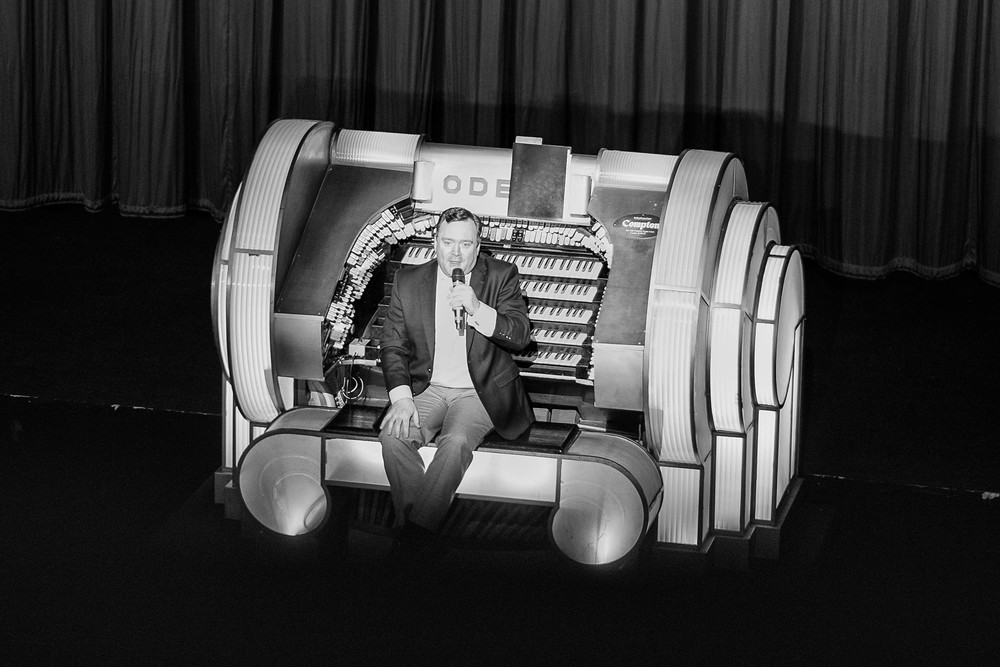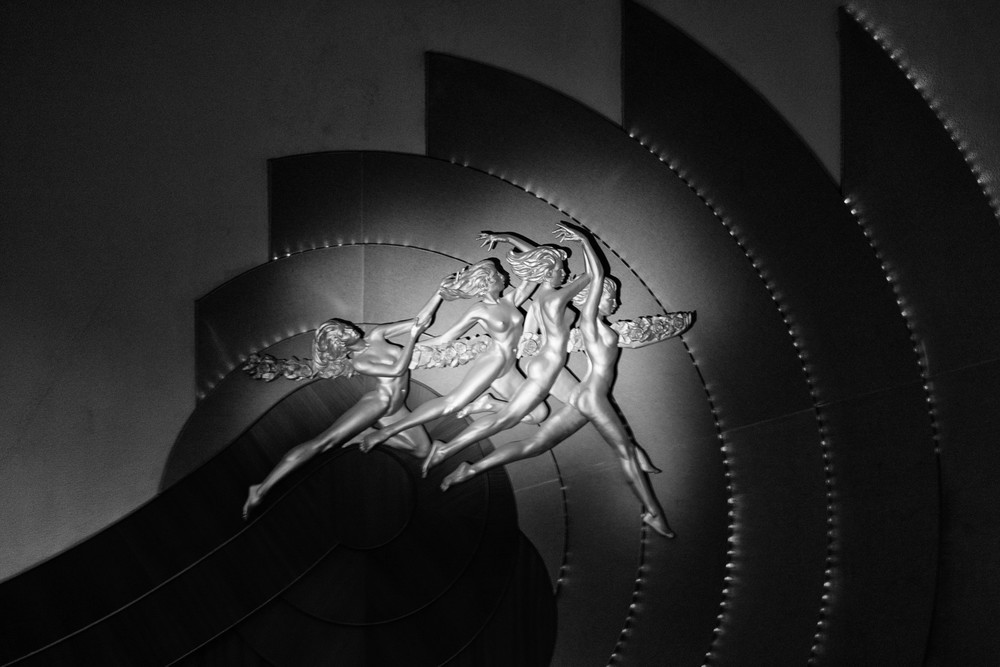Last time I went to the cinema at 10 o’clock in the morning was with a bunch of my ten-year-old peers anxious to catch up on the perils of Flash Gordon and the evil Emperor Ming. So I wasn’t quite sure what to expect when I was invited to a special screening of a 1928 silent film inside the impressive art deco vastness of the Odeon Leicester Square. We were no longer short-trousered hoodlums with chewed gum and catapults in our pockets. We had all aged gracefully (or otherwise) and there was a whiff of geekiness that didn’t exist back in the days of Flash and Princess Aura. This was the film buff’s equivalent of a steam train outing to Carlisle. Such things I find fascinating and I donned my very best anorak for the occasion.

I was a guest of Donald MacKenzie, the resident organist at this most famous of Odeons, and custodian of the theatre’s magnificent Compton organ. For me, this was a unique occasion. It was my first opportunity to see a “proper” full-length drama in authentic surroundings and through the eyes of my great grandparents. Donald’s majestic musical accompaniment to the film was captivating in itself.
The chosen film, Underground, was beguiling on many fronts. Filmed almost entirely on location in late-twenties London, the story of love and crime was compelling and stands in its own right as great entertainment.
But it is the taste of London as it once was that really grips the imagination. The many scenes on the Underground, in particularly the depiction of the long-forgotten social mores of the travelling public (such as gentlemen and standing up for ladies and children giving their seats to adults) comes as something of a shock. One thing we don’t miss, however, is the puffing cigarette dangling at the corner of almost every male mouth.
The many street scenes were an abiding delight and I was particularly drawn to the sequences on open-topped double-deckers, providing another invaluable insight into public transport between the wars.

The photography impressed me enormously and Underground is well worth a viewing for this alone. Sharp closeups, impressive selective focus with narrow depth of field where required, and intriguing angles combined with faultless editing gave me a whole new insight into the quality of silent films, most of which have now been lost to us.
Within minutes I had forgotten that I was watching an historical curiosity; instead I was drawn into the plot just as effectively as a cinema-goer of 87 years ago.
To be able to look back over nearly 90 years and see life as it unfolded in scenes where every living being is now likely to be dead, is a great privilege. It leaves an indelible legacy for future generations. We can now see people going about their ordinary lives nearly a century ago. Imagine being able to look back 500 years, the equivalent of us watching a drama from the time of Henry VIII.

A very nicely written story.Sadly we may be the last generation to really appreciate treasures such as these because we can directly relate to the times they were shot.
I passed a link to this post to friends in the UK and one -who I can only describe as a train nerd-tells me that Anthony Asquith’s films are holy grail to underground railway enthusiasts.
Thanks for these little gems Mike.Keep them coming.